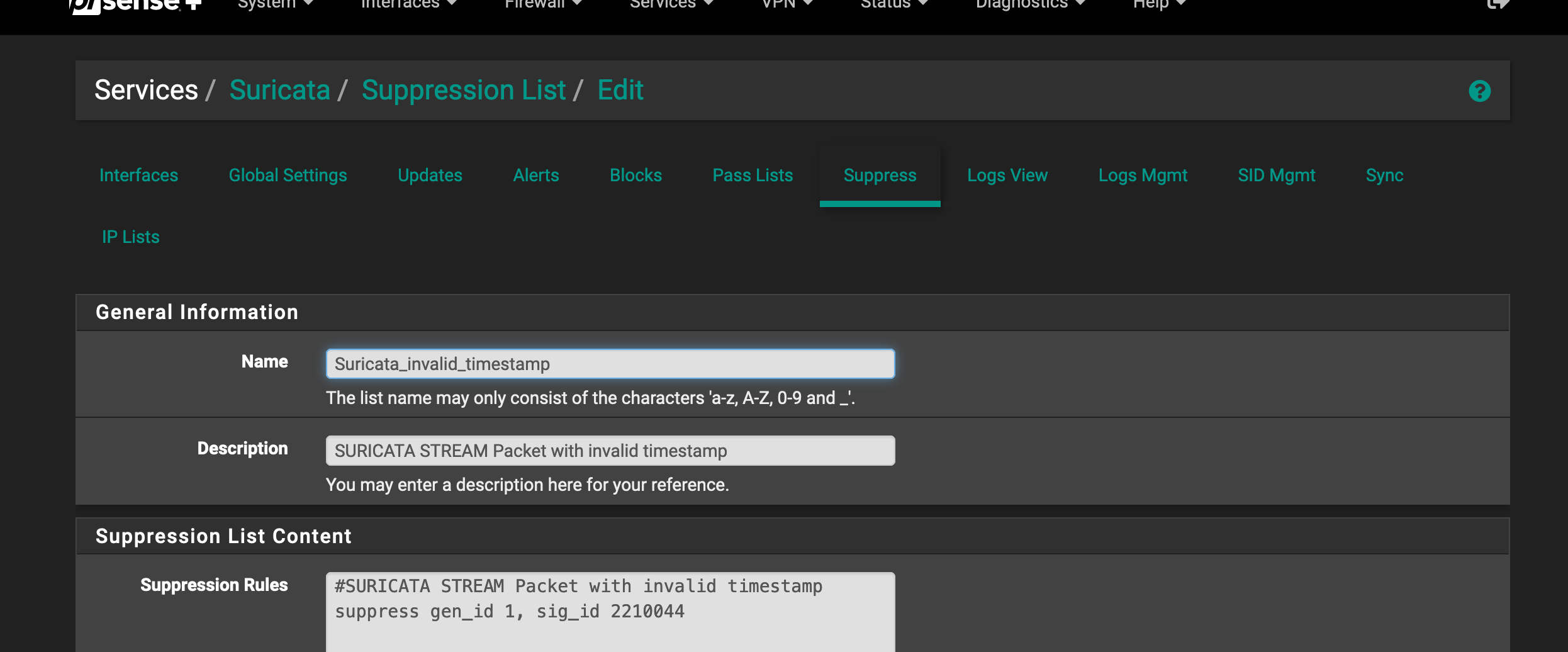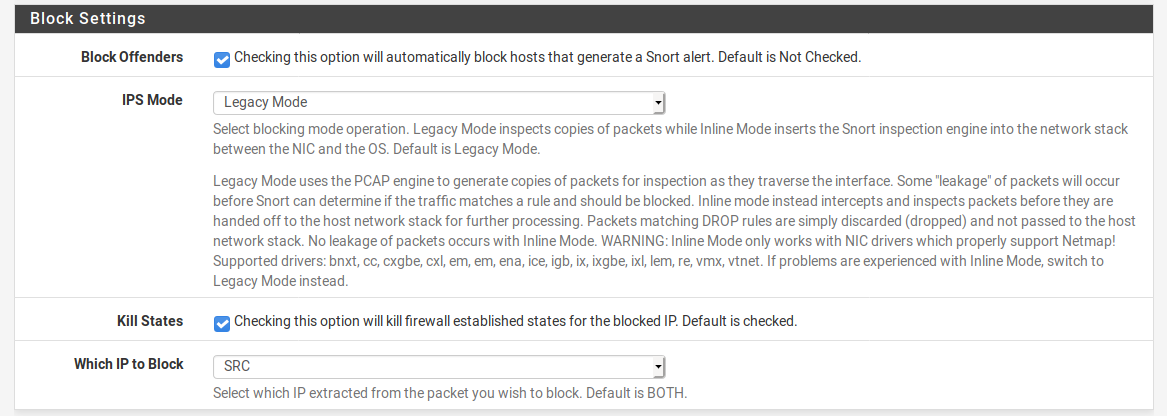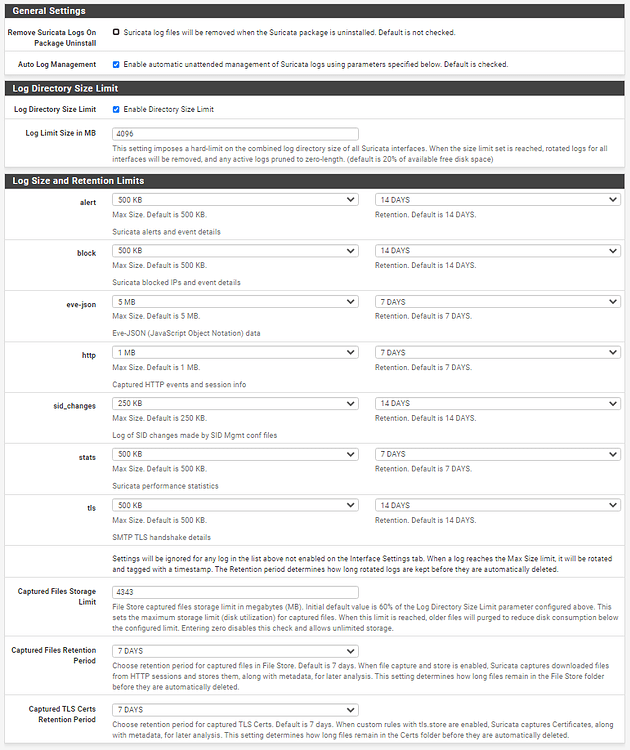@wrightsonm said in Suricata log rotation bug:
@bmeeks I would say that your suggestion isn't particularly good design practice.
There is already ajax being used on this page - see check_status() function.
The start / stop buttons should really get submitted as an ajax request that then updates the icons on the page onc completion rather than submitting the entire page and causing the described problem.
Secondly, the issue that the php page is at risk of a type of replay attack that is triggered when refreshing the page, that then causes multiple services to be started is less than ideal. The main php script should really take advantage of the logic contained within $_POST['check'] and use that to determine whether or not to start a new process to prevent the possibility of multiple services being started - i.e. add validation.
The code tries, as best it can within the limitations of PHP, to see if another instance is running before starting an instance. The problem is that the only way the code really has to determine if another process is running for the interface is to look for the PID file created in /var/run. Each interface has a randomly generated UUID associated with it at interface creation. That UUID is used to name the PID file, so the code can tell which interfaces have Suricata running, and be able to control them individually. However, it takes some amount of time for Suricata to start and create that PID file. If the user quickly refreshes back-to-back, there is no PID file yet from the first process, and so not seeing an existing PID, it assumes there is no existing process and thus starts a new process. Then you have two.
The Ajax section was added a few years ago to improve GUI responsiveness. It works by actually creating a new background PHP process to start the Suricata daemon. The Ajax loop then checks for the existence of the aforementioned PID file to determine whether Suricata is running or not. Prior to that, the GUI just sat there and "spun" with the web page totally unresponsive until the PHP function calls returned. That was not ideal, either.
If you have a better solution, please feel free to submit a Pull Request here: https://github.com/pfsense/FreeBSD-ports/tree/devel/security/pfSense-pkg-suricata. User contributions are welcomed.






